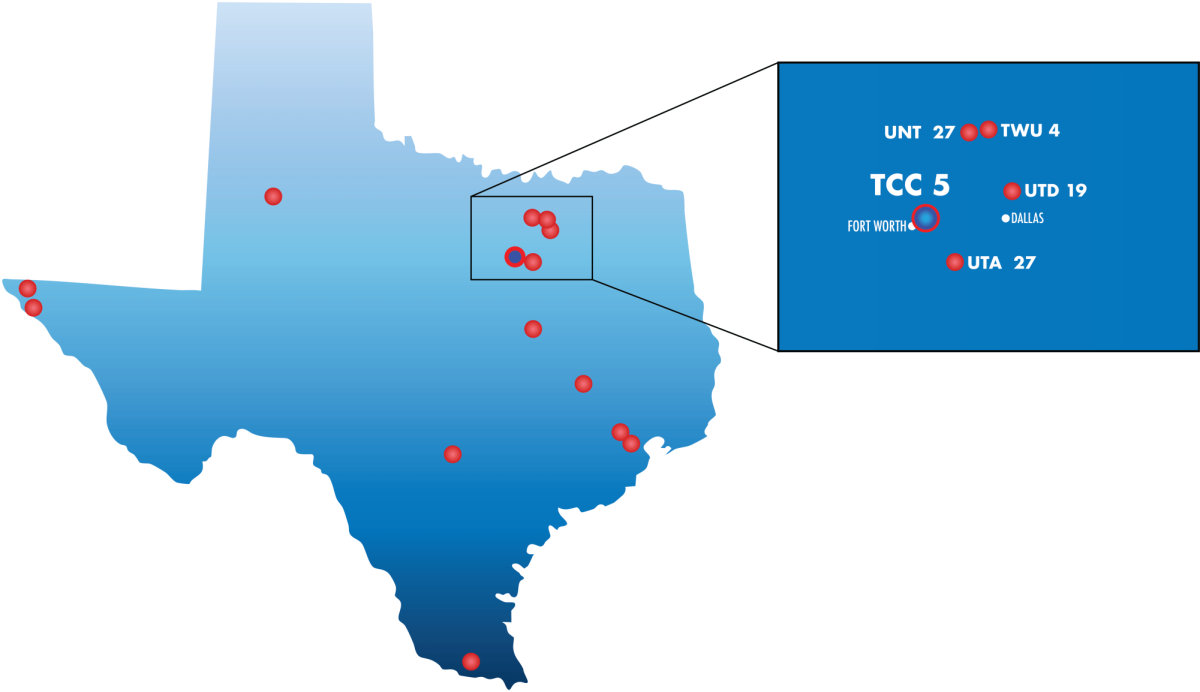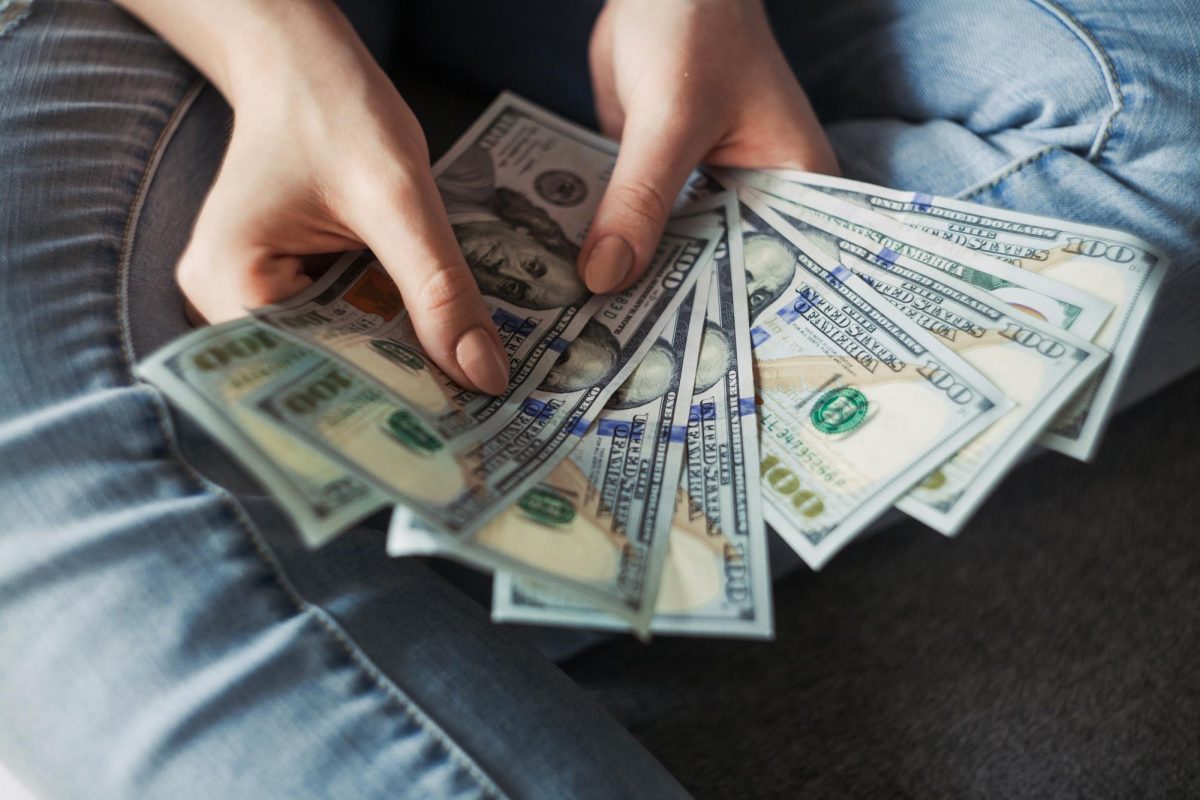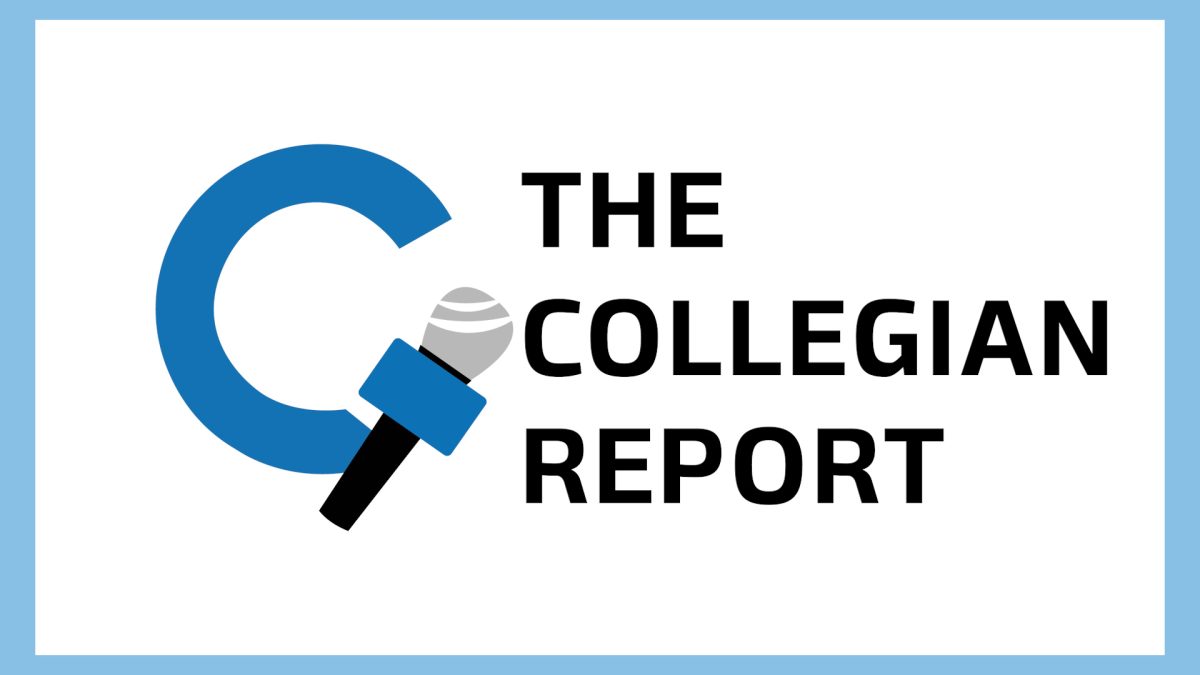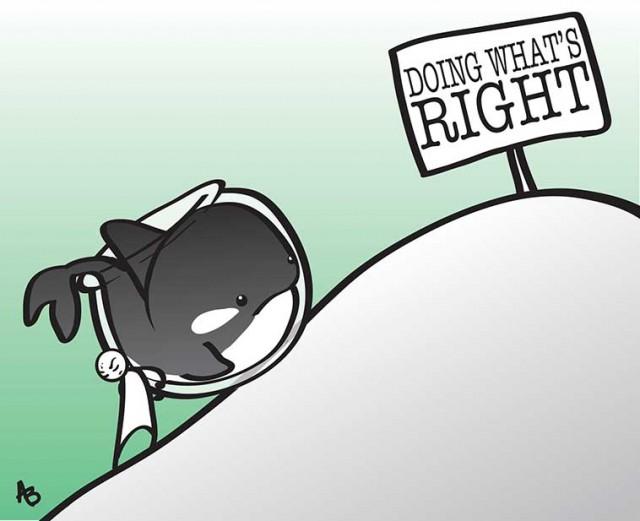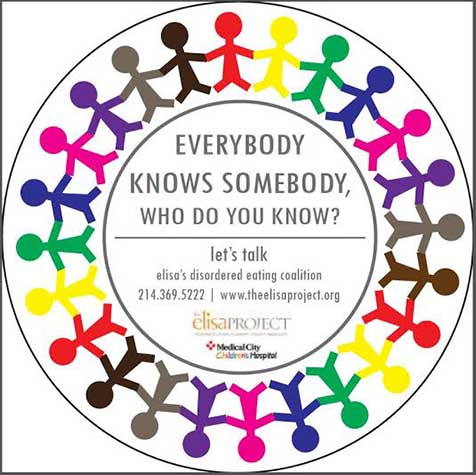By Matthew Mcconathy/ reporter
It’s one of the more popular names in colleges and is becoming an epidemic: Xanax.
It’s a common household name for “take one, and relax.” Its ability to calm and cause relaxation is why it’s gained its widely known name in America.
And it’s a common term among abusers. Statistics show that the ages of 20-29 had the highest emergency room visits for Xanax overdose. And for college students, it’s one of the most widely known terms in drug reference besides Adderall and Oxycodone.
I’ve seen people who abuse Xanax, have problems with memory and lose interest in conversations. It causes them to lose natural coping mechanisms and produces drug dependency. My personal experience with it through a prescription was for anxiety in 2007, but after the years went by, it became difficult to rely on it. I had to learn to cope naturally with anxiety and refrain from using it all the time. It changes the reward system to where priorities in life are manipulated by drug influence.
Xanax was considered safer than its predecessors yet still has addiction potential. It basically works the same way as alcohol does, producing a similar euphoria. A popular trend among students is taking Adderall first and then Xanax to calm down. It’s a “stimulant/downer” routine. Users are not getting the natural feel of life. It’s either “up” or “down” and nothing in between. It seems drug companies are promoting “legal” drug addicts in society.
Xanax was the No. 1 psychiatric-prescribed medication in America with over 48 million prescriptions written in the U.S. in 2013, according to IMS Health.
While being treated for anxiety disorders is logical, this drug in the long term can cause more problems than the disorder itself. It can alter natural pleasures and replace them with chemical pleasure. Its effects when being abused are memory loss, reduced concentration and greatly reduced judgment.
Anyone should be cautious taking a Xanax prescription from a doctor. It’s not a sweet flower in the long run.

